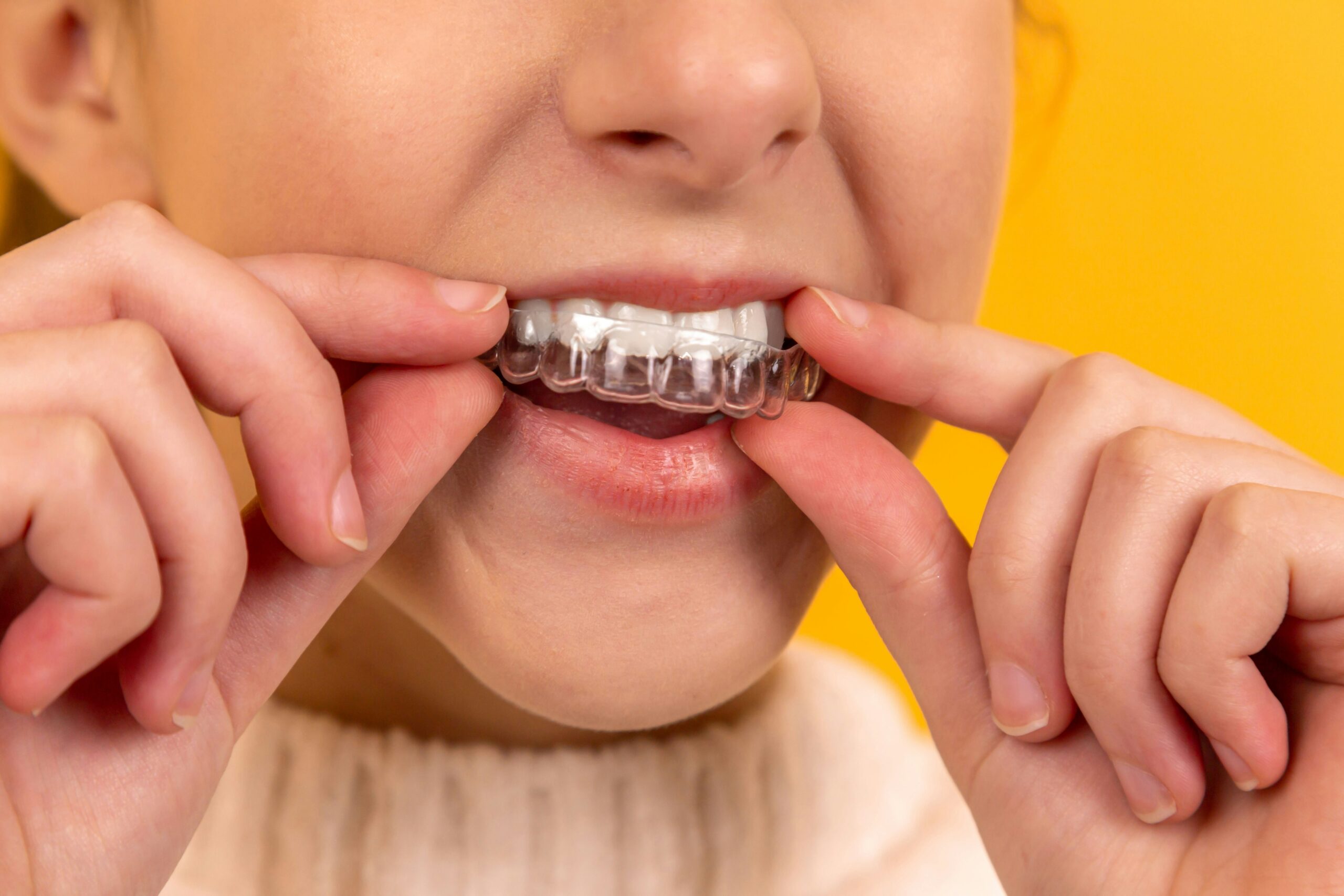Clear aligners have changed the way people straighten their teeth. Gone are the days when metal brackets and wires were your only option. Today, many people—especially adults—are choosing clear aligners because they’re discreet, comfortable, and easy to manage. But have you ever wondered what these trays are actually made of, or why some aligners feel or work better than others?
A Look Back: Where It All Started
The idea behind clear aligners isn’t exactly new. Back in the 1940s, a dentist named Harold Kesling imagined that teeth could be moved in small steps using a series of positioners. At the time, he used rubber materials and wax models. Fast forward to the late 1990s, and the first modern clear aligners hit the market. Since then, the technology has taken off, with huge advancements in materials and manufacturing.
Today, clear aligners are a common part of orthodontic care. They’re especially popular among adults who want to fix their teeth without dealing with the look or hassle of braces.
Why Are Clear Aligners So Popular?
There are a few big reasons why people love clear aligners:
They’re nearly invisible – You can wear them without anyone noticing.
They’re removable – You can take them out to eat, brush, and floss.
They’re often more comfortable than braces – No wires or metal poking your mouth.
Plus, the technology behind them is constantly improving. The global market for clear aligners is growing fast, expected to nearly quadruple in just a few years.
But here’s something many people don’t realize: the material used to make the aligners plays a huge role in how well they work.
What Makes a Good Aligner?
Clear aligners might look simple, but they have a tough job. They sit in your mouth for up to 22 hours a day and deal with:
- Saliva and moisture
- Hot and cold temperatures
- Pressure from talking and chewing
- Exposure to food, drinks, and bacteria
So, a good aligner material needs to be:
- Strong enough to move your teeth
- Flexible enough to be comfortable
- Clear enough to stay invisible
- Safe and non-toxic
- Durable over weeks of wear
Finding the right balance of all these things is what makes clear aligners effective—and why not all aligners feel or perform the same.
The Main Materials Used in Clear Aligners
Clear aligners are mostly made from a type of plastic called thermoplastics. These materials can be heated, shaped, and cooled to form the custom trays that fit over your teeth. But there are different types of thermoplastics, and even small differences can affect how an aligner fits, feels, and functions.
Here are the main categories:
Thermoplastic Polymers
These are the most common. Some are soft and flexible, while others are a bit more rigid. Common plastics used include:
Polyurethane – Known for being flexible, strong, and long-lasting.
Polycarbonate – Hard and clear, with great durability.
Copolyester (like PETG) – A popular choice because it’s both clear and strong.
Polypropylene and PVC – Sometimes used but less common.
Each of these materials reacts differently to heat, pressure, and moisture. Some might stay clearer over time, while others might hold their shape better during wear.
Polymer Blends
Sometimes, manufacturers mix different types of plastics to get the best of both. For example, combining a tough plastic with a flexible one can result in a material that’s both strong and comfortable.
Blended materials can also improve how well the aligners apply pressure to teeth or how long they last before needing to be replaced. The exact blend (and ratio) makes a big difference.
3D-Printed Materials
This is one of the most exciting areas in orthodontics. Instead of forming aligners from sheets of plastic, some newer systems now use 3D printers to create them directly.
Benefits of 3D-printed aligners include:
Better fit and accuracy
Fewer production steps (which means fewer errors)
Custom thickness and shape
Softer, smoother edges
3D printing also avoids some of the downsides of traditional manufacturing, like changes in material quality caused by heat or pressure during molding.
Bioactive Materials
This one’s still mostly in the research stage, but it’s really interesting. Since aligners are worn for most of the day, they create a warm, moist environment in your mouth—which is the perfect place for bacteria to grow.
Researchers are exploring ways to make aligner materials that help fight bacteria, like:
Coating the aligners with particles that kill harmful microbes
Infusing the plastic with natural substances like cinnamaldehyde (from cinnamon), which has antimicrobial effects
These new materials could help keep your teeth and gums healthier during treatment, but they’re not widely available—yet.
So, What’s the “Best” Material?
There isn’t a one-size-fits-all answer. Each material has its own pros and cons. Some are stronger, others are more flexible. Some stay clearer over time, while others might offer better pressure for moving teeth.
The “best” aligner material really depends on your specific needs, your treatment plan, and even your personal comfort. That’s why it’s important to work with a knowledgeable dental provider who can recommend the right type of aligner for you.
Final Thoughts
Clear aligners have come a long way in just a few decades. They’re not just pieces of plastic—they’re the result of science, engineering, and materials research all working together to give people a better way to straighten their teeth.
If you’re thinking about aligners, it’s worth asking what they’re made of. The material can affect how well they work, how long they last, and how comfortable they feel.
No matter which type you go with, clear aligners are a powerful tool for improving your smile—quietly, comfortably, and confidently.

